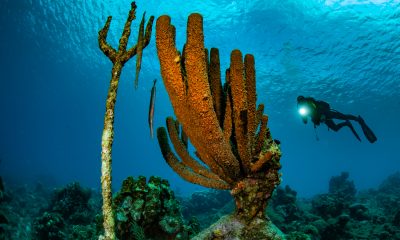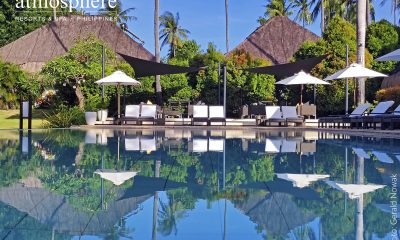News
Diving with… Seminole Scuba, Florida, USA
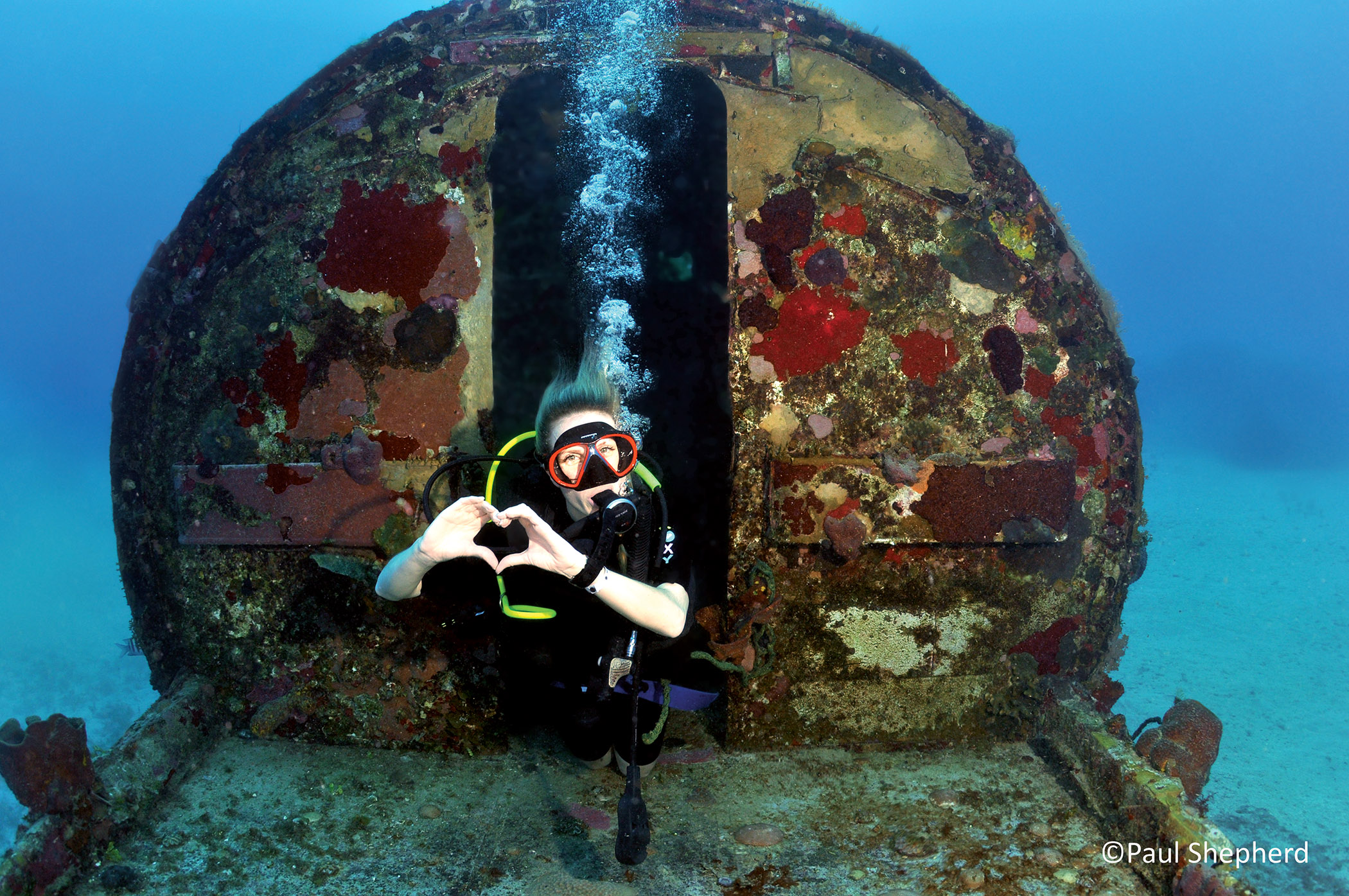
In this ongoing series, we speak with the people who run dive centres, resorts and liveaboards from around the world about their businesses and the diving they have to offer
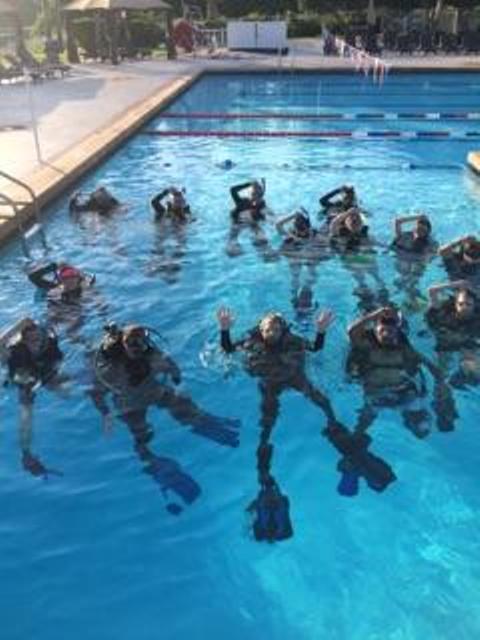 What is your name?
What is your name?
Paul Shepherd
What is the name of your business?
Seminole Scuba
What is your role within the business?
Owner
How long has the business operated for?
16 Years
How long have you dived for, and what qualification are you?
27 Years, PADI Master Scuba Diver Trainer
What is your favorite type of diving?
Coral Reefs
If you could tell people one thing about your business (or maybe more!) to make them want to visit you what would it be?
Florida has an amazing Spring network which offers us lots of crystal clear fresh water diving. With the Gulf of Mexico on one side and the Atlantic Ocean on the other we are perfectly positioned to offer an experience to both as well.
We also offer a lot of International trips that are all guided by our team of experts and that allows us to travel safely to some of the most remote locations in the World. We have recently dived Raja Ampat, Komodo, Africa and Fiji. Soon we are off too Micronesia, Africa, Antarctica, Galapagos, Philippines, French Polynesia and South Africa for the Sardine Run.
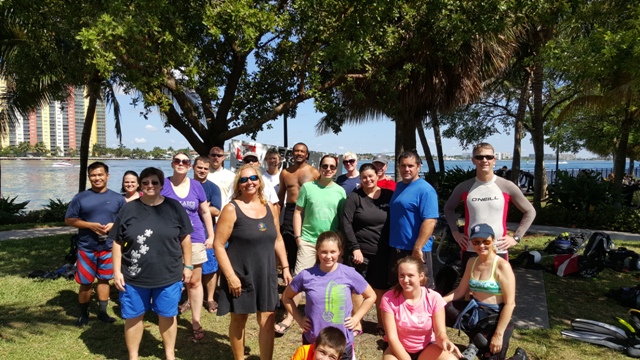
What is your favorite dive location and why?
Indonesia, for the diversity.
What types of diving are available in your location?
Florida Springs offer clear water for recreational diving and caves for the more adventurous.
Then the Gulf of Mexico is popular with spearfishermen.
The Atlantic Ocean has fantastic reefs and wrecks all up the coast.
What do you find most rewarding about your current role?
Introducing new divers to the other 70% of our planet and introducing people to new experiences in various parts of the world.
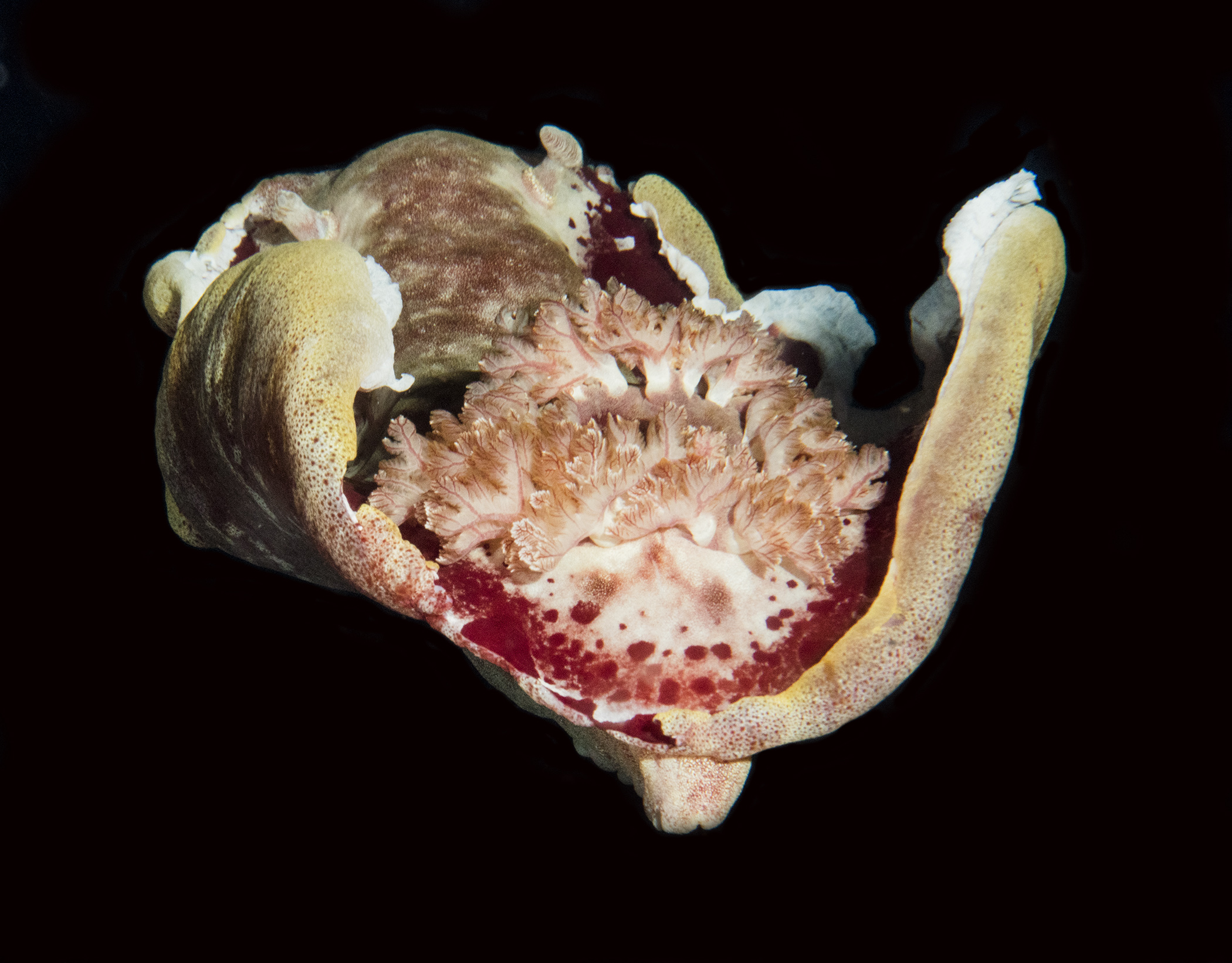
What is your favorite underwater creature?
Nudibranchs
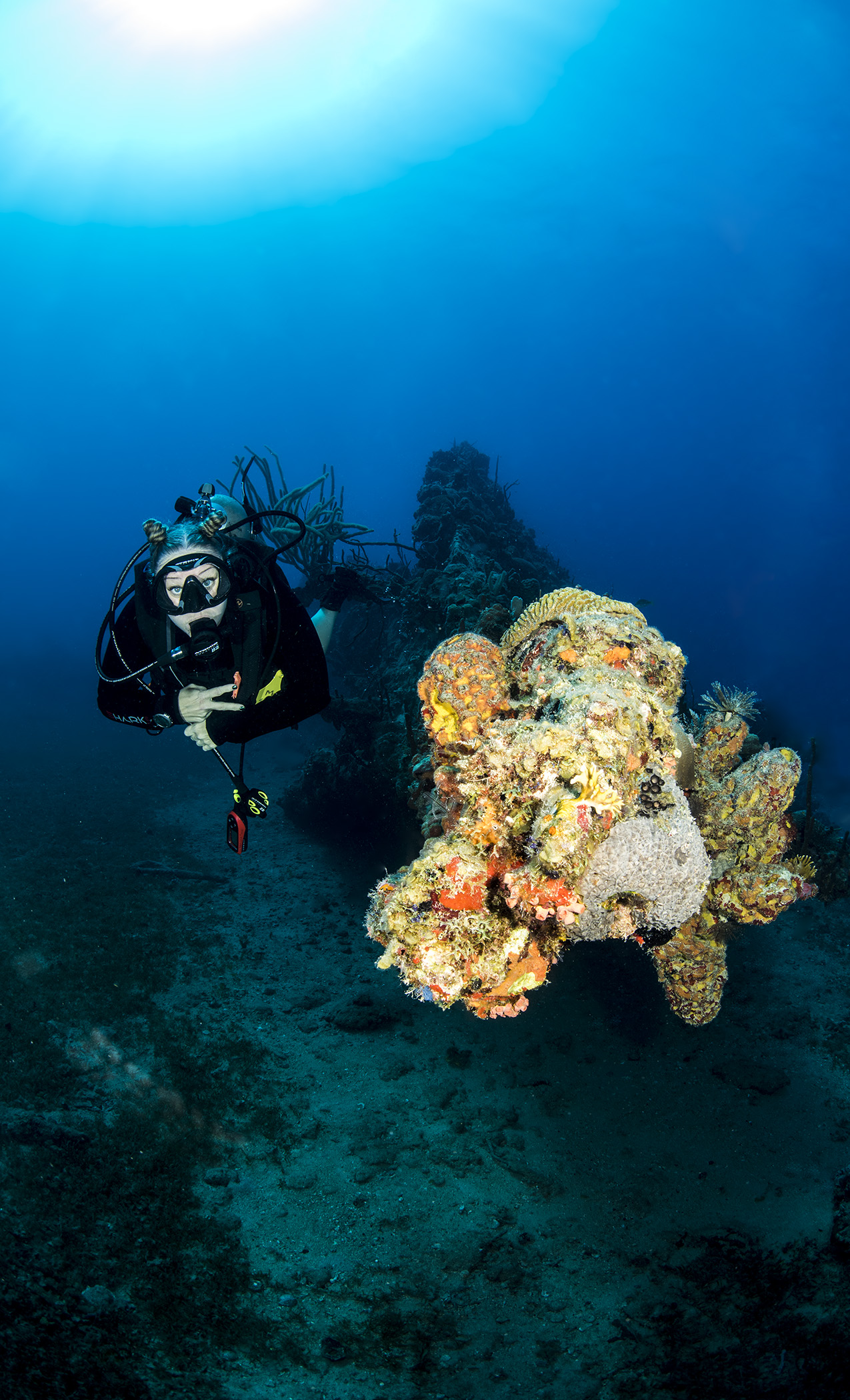 Are there any exciting changes / developments coming up in the near future?
Are there any exciting changes / developments coming up in the near future?
The new trip schedule:
- Truk Lagoon October 2017 (5 Spots available)
- Africa November 2017 (Sold Out)
- Antarctica January 2018 (2 Spots available)
- Africa November 2018 (Sold Out)
- Philippines Malapascua and the Visayas January 20th – 30th 2019 (14 Spots available)
- Arctic May 2019 (6 spots available)
- Galapagos July 2019 (Sold Out)
- Africa October 2019 (14 spots available)
- Galapagos March 2020 (14 Spots available)
- French Polynesia September 2020 (22 Spots available)
- Raja Ampat January 2021 (14 Spots available)
- Sardine Run June 2021 (8 Spots available)
- Maldives October 2021 (22 Spots available)
As a center what is the biggest problem you face at the moment?
Keeping people interested in diving. There are lots of options out there for people and keeping them diving is becoming more and more difficult.
Is your center involved in any environmental work?
We work a little with Project Aware and then on our big trips we try to work with a charity/conservation company in country to make a donation or try and help in other ways. For the Africa trip we are working with the David Sheldrake Wildlife Trust.
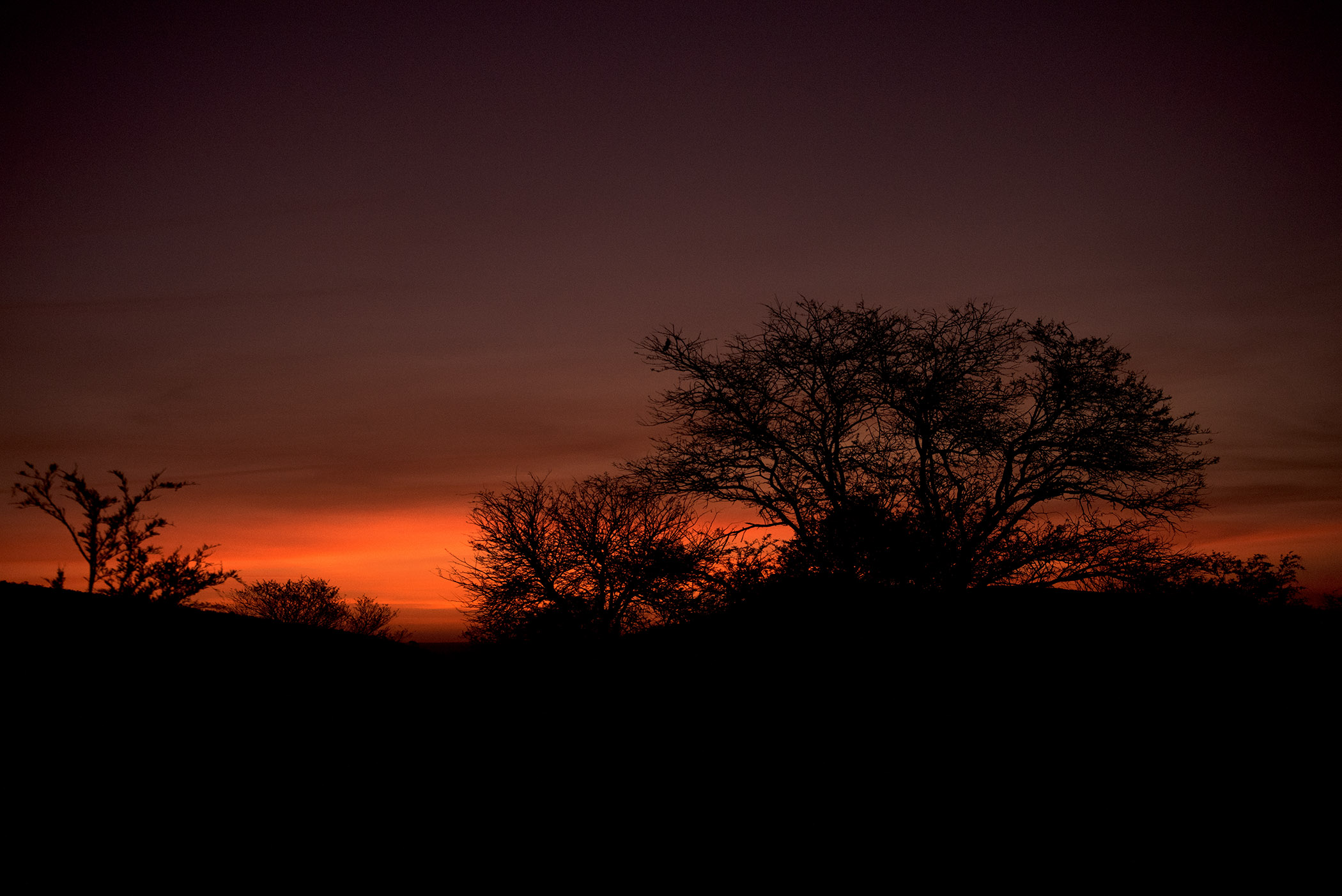
How do you see the SCUBA / Freediving / snorkeling industry overall? What changes would you make?
It’s improving! The industry was always run by hobbyists who generally had no clue about business. That is slowly changing. The fiscal crisis helped remove some of them but there are some still remaining. Just because someone has been diving for a long time does not mean they know anything about business… I think newer companies like Huish are beginning to work that out where as some of the older companies need to bring in fresh blood.
What would you say to our visitors to promote the diving you have to offer?
We offer a great escape from Disney to those travelling to the Orlando area as well as some world class diving.
Where can our visitors find out more about your business?
www.seminolescuba.com or email Dive@seminolescuba.com
Tel: 407-333-8856
If in the Orlando area come by the fully stocked shop: 3869 Lake Emma Road, Lake Mary, FL, 32746.
Blogs
TRAVEL BLOG: Jeff Goodman Dives SOMABAY, Part 1

For a week at the end of February I was invited to sample the diving with Orca Dive Club based at the Breakers Diving and Surfing Lodge by courtesy of SOMABAY.
Somabay covers an entire peninsula and is home to several resorts as well as residential compounds. Somabay caters for scuba diving as well as many other sports, including windsurfing, golf, sailing, go-carting, horse riding and many other activities.
All the activities are of a world-class standard and any or all of these can be booked directly from The Breakers.
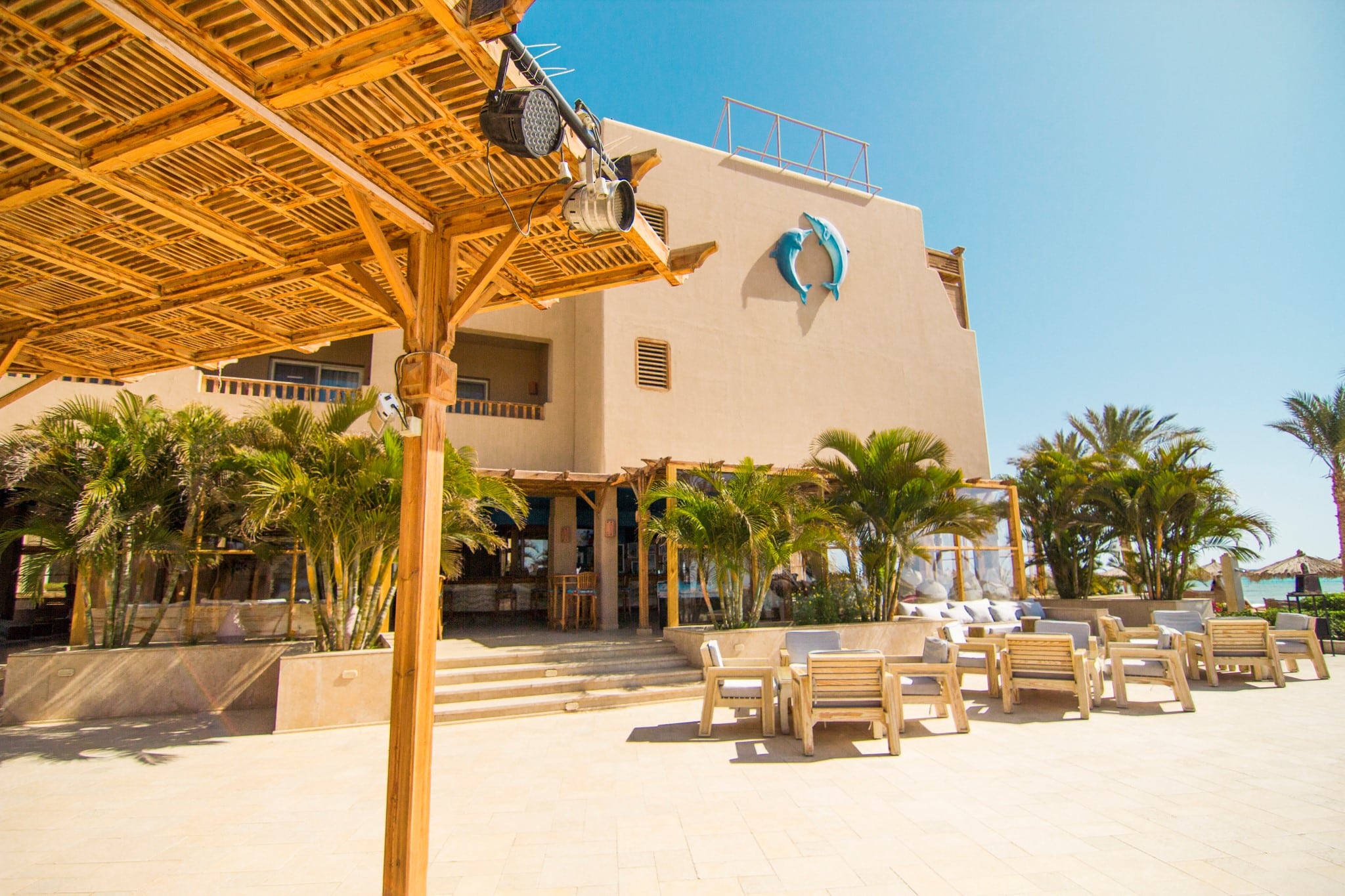
I took Easyjet from Bristol (UK) to Hurghada. Easyjet are not by any means my favourite airline but the flight was cheap and direct (except for the surprise extra £48 I was charged at the gate for my carry-on bag).
I was met at Hurghada airport by a driver and car and taken to the Breakers 28 miles (45Kilomaters) south along the coast. Once at the hotel I was too late for an evening meal and so a basic meal was delivered to my room. That and a beer from the fridge and I was fast asleep.
Early the next morning after breakfast I arrived for my rep meeting at the Orca Dive Center for 8.00am. I was immediately made to feel welcome, and after brief introductions I got some dive gear from the store, had a chat with my dive guide Mohamed and got ready to try the house reef situated at the end of a very long wooded pier where all diving gear and divers are taken out by buggies.
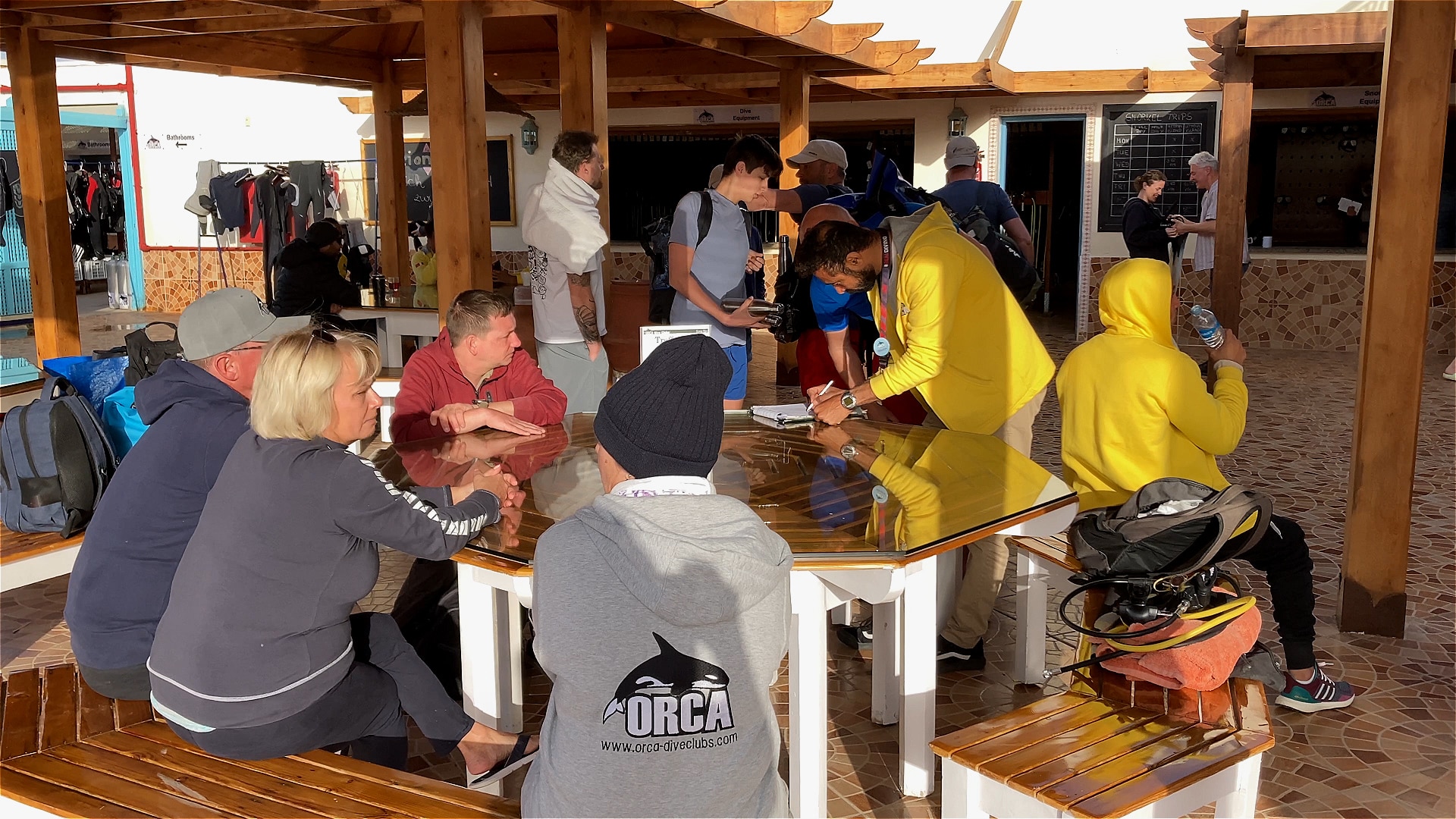
Once at the end of the pier, a helping hand from staff makes sure your gear is set and then it’s a short walk to the very end where you can either climb down a ladder of simply jump in the water next to the reef. The house reef extends both north and south giving a very easy and safe dive with plenty to see. At this time of the year the water temperature was a constant 22 degrees Centigrade and there was little or no current, so there were no issues in swimming back to the pier.
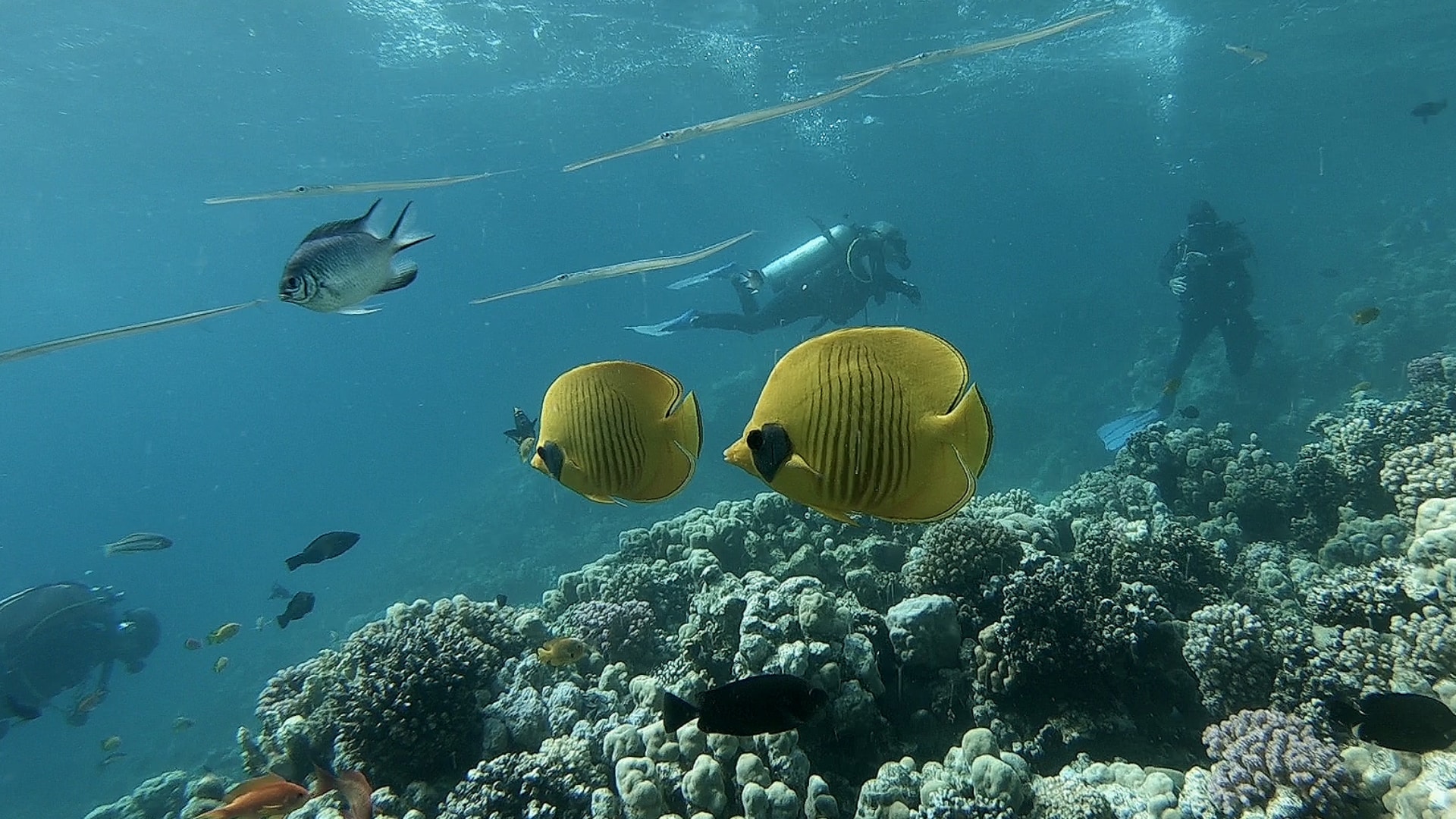
Quite a few divers were in dry or semi-dry suits, but being from the UK and used to the cold I found a 3mm wetsuit with a 3mm neoprene vest quite comfortable. Even after 50 years of diving I still find that first dive of a trip slightly nerving until I am actually underwater and then all becomes relaxed and I ease into auto diving mode. There was plenty to see with many of the Red Sea favourites along the way.
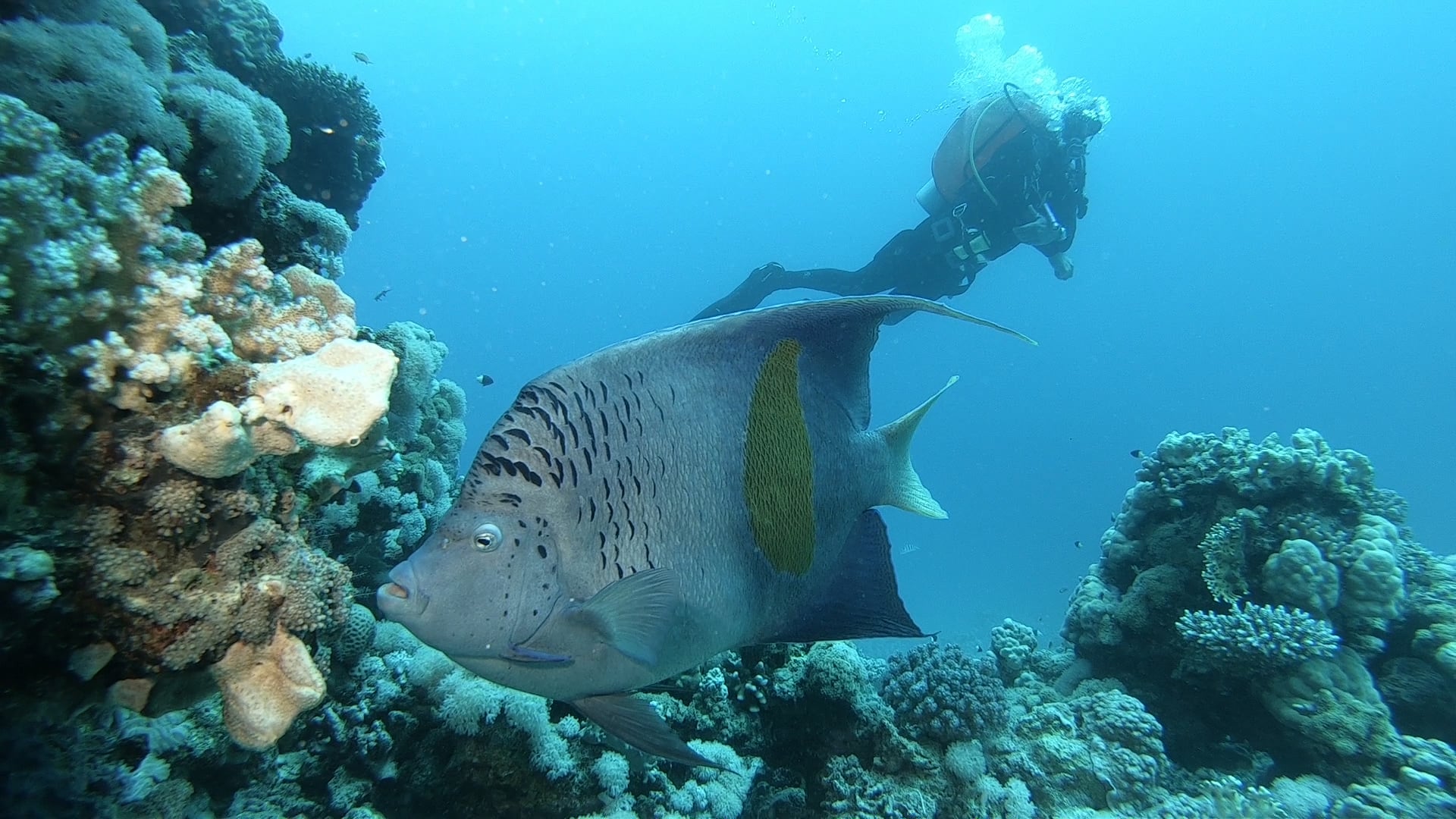
After the dive and a buggy ride back to the hotel for a very good buffet lunch I was back in the water, once again on the house reef for an afternoon dive.
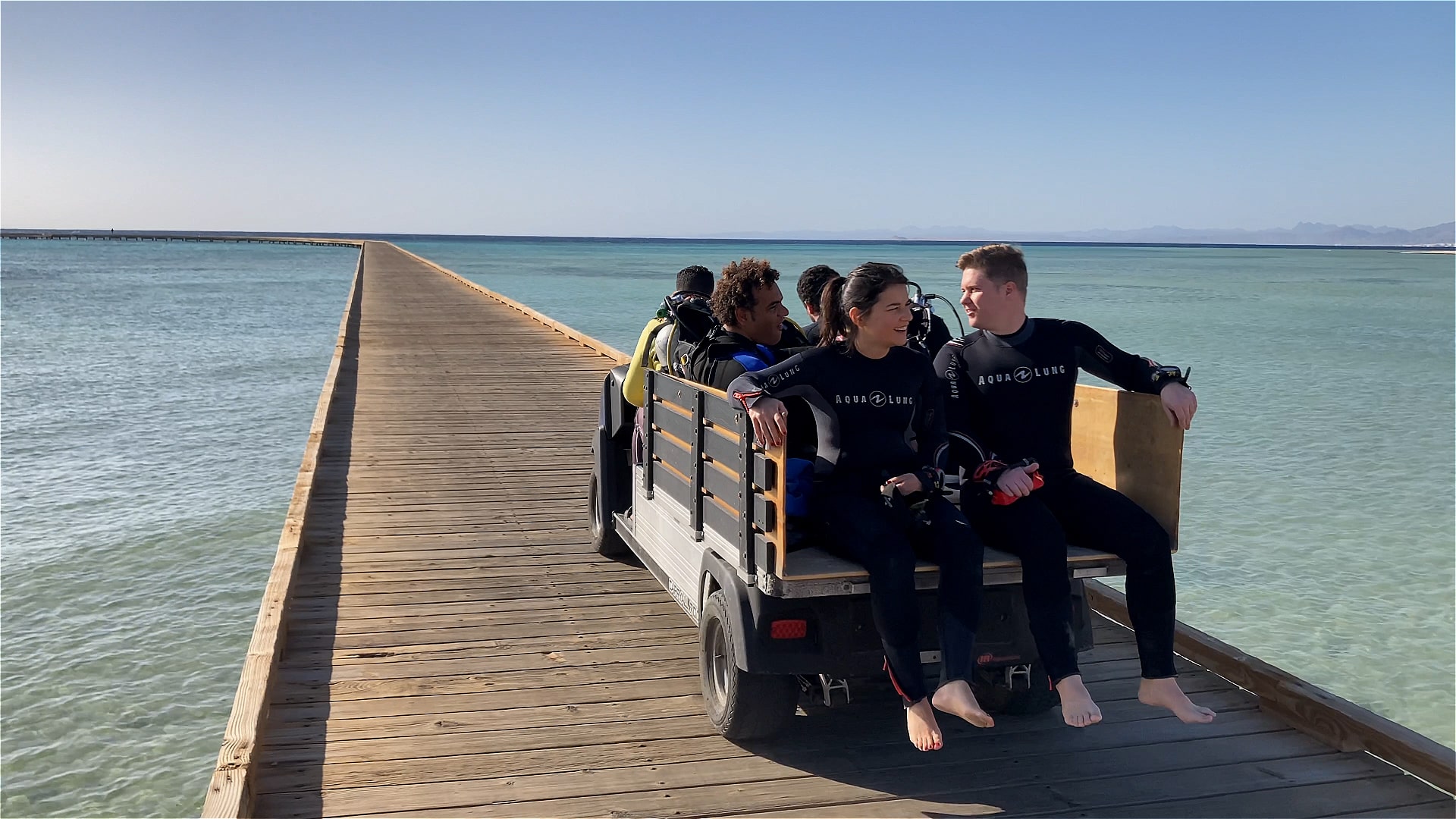
Check in for part 2 tomorrow when Jeff gets on a day boat and dives a few of the off-shore reefs.
Book your next Red Sea dive adventure with SOMABAY! For more information, visit www.somabay.com.
Stay at the Breakers Diving & Surfing Lodge when you visit! For more information, visit www.thebreakers-somabay.com.
Find out more about ORCA Dive Clubs at SOMABAY at www.orca-diveclubs.com/en/soma-bay-en.
Blogs
Jeremy Higson from Sea to Sky talks to Jeff Goodman about diving in Oman (Watch Video)
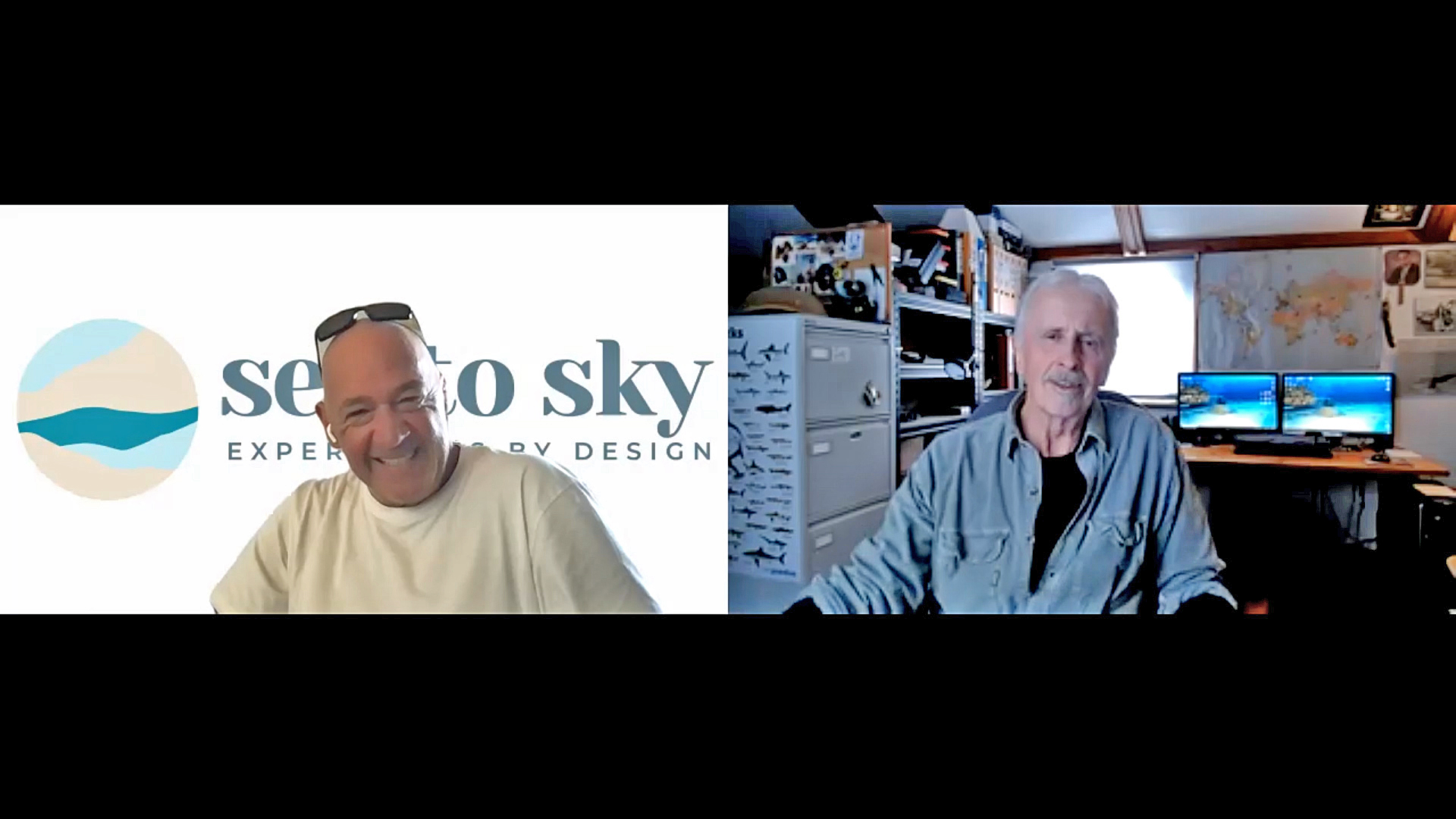
In an interview recorded exclusively for Scubaverse.com, Jeff Goodman interviews Jeremy Higson from Sea to Sky about the itineraries the tour operator offers in Oman.
For more information about diving in Oman, contact Sea to Sky now:
Email: hello@mysetaosky.co.uk
WhatsApp: + 39 379 236 7138
Website: www.myseatosky.co.uk
-

 News2 months ago
News2 months agoHone your underwater photography skills with Alphamarine Photography at Red Sea Diving Safari in March
-

 News2 months ago
News2 months agoCapturing Critters in Lembeh Underwater Photography Workshop 2024: Event Roundup
-

 Marine Life & Conservation Blogs2 months ago
Marine Life & Conservation Blogs2 months agoCreature Feature: Swell Sharks
-

 Blogs1 month ago
Blogs1 month agoMurex Resorts: Passport to Paradise!
-
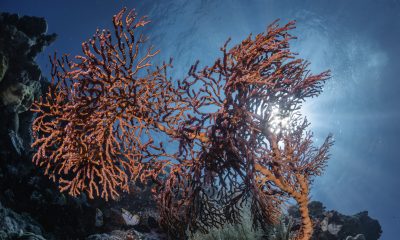
 News3 months ago
News3 months agoDive into Adventure with Photo Pro Paul Duxfield in North Sulawesi this October
-

 Gear News3 months ago
Gear News3 months agoBare X-Mission Drysuit: Ideal for Both Technical and Recreational Divers
-

 Gear Reviews2 months ago
Gear Reviews2 months agoGear Review: Oceanic+ Dive Housing for iPhone
-

 Blogs2 months ago
Blogs2 months agoDiver Discovering Whale Skeletons Beneath Ice Judged World’s Best Underwater Photograph











